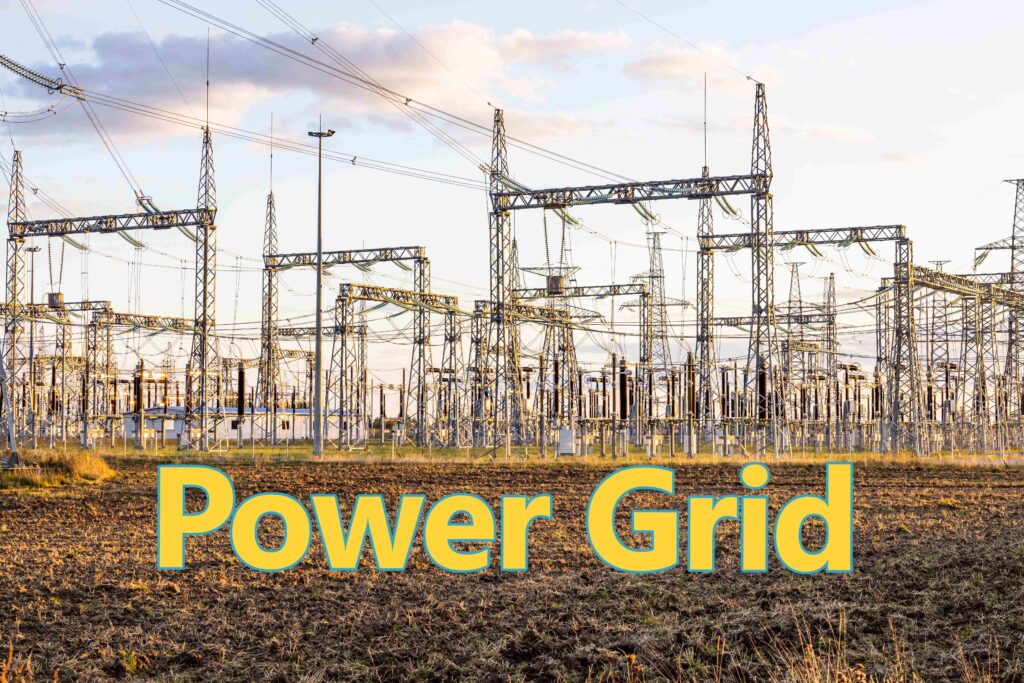A power grid is a network for delivering electricity from producers to consumers. It comprises power stations, transmission lines, and substations.
Understanding the power grid is essential for recognizing the backbone of modern electricity supply. This complex system ensures that energy, generated from various sources, reaches homes and businesses reliably and safely. It functions through a series of interconnected elements – generation plants produce power, which is then sent over high-voltage transmission lines.
These lines span vast distances, connecting to substations that reduce the voltage for safe domestic or commercial use. The distribution network then channels this lower-voltage electricity to individual users. As populations grow and technology advances, power grids evolve to meet increasing demands while integrating sustainable energy sources and smart grid technology to enhance efficiency and reduce outages. Ensuring seamless operation is critical; therefore, the grid is also a focus of cybersecurity and modernization efforts.
History
Exploring the history of the power grid is like unveiling the chapters of an electrifying saga. This story shapes our modern world. Our journey into the past reveals how human innovation has lit up the globe. Let’s flip back the pages to the very first spark.
Early Power Grid Systems
The dawn of the power grid began with simple yet groundbreaking innovations. Small networks formed, powering the first electric lights.
- 1882: Thomas Edison’s Pearl Street Station sparked life into New York homes with direct current (DC).
- Setup improved: As households embraced this magic, cities started stitching together power lines, like a giant energy web.
These networks were small and limited by DC’s inability to travel far.
Evolution Of Power Grids
With growing demand, the power grid faced a big change. Alternating current (AC) unleashed a new era.
| Year | Milestone |
|---|---|
| 1880s | Nikola Tesla championed AC, enabling electricity to travel long distances. |
| 1890s | Power plants multiplied, stitched by a growing web of transmission lines. |
| 20th Century | Grids became interconnected; reliability and efficiency soared. |
As technology advanced, so did the grid. Electronic controls and renewable sources started to transform how we consume energy.
Components
The Power Grid: A Network of Essential Components
Imagine the power grid as a huge spiderweb. It stretches across the land, linking power plants to our homes. The grid has many parts, all working together. A smooth flow of electricity depends on each one doing its job. Let’s explore the key components keeping the lights on.
- Turn energy sources into electricity.
- Big turbines spin using water, wind, or steam.
- Spinning creates a flow of electrons – that’s electricity.
- Large power plants have many generators for more power.
Transformers shape the electricity for safe travel. They perform two key tasks:
- Step-up transformers boost voltage for long-distance journeys.
- Step-down transformers lower voltage for safe delivery to homes and businesses.
Transmission Lines
Electricity takes a trip on these wires. High voltage means less energy gets lost on the way. Tall towers and thick cables stretch for miles. They connect the generators to the substations.
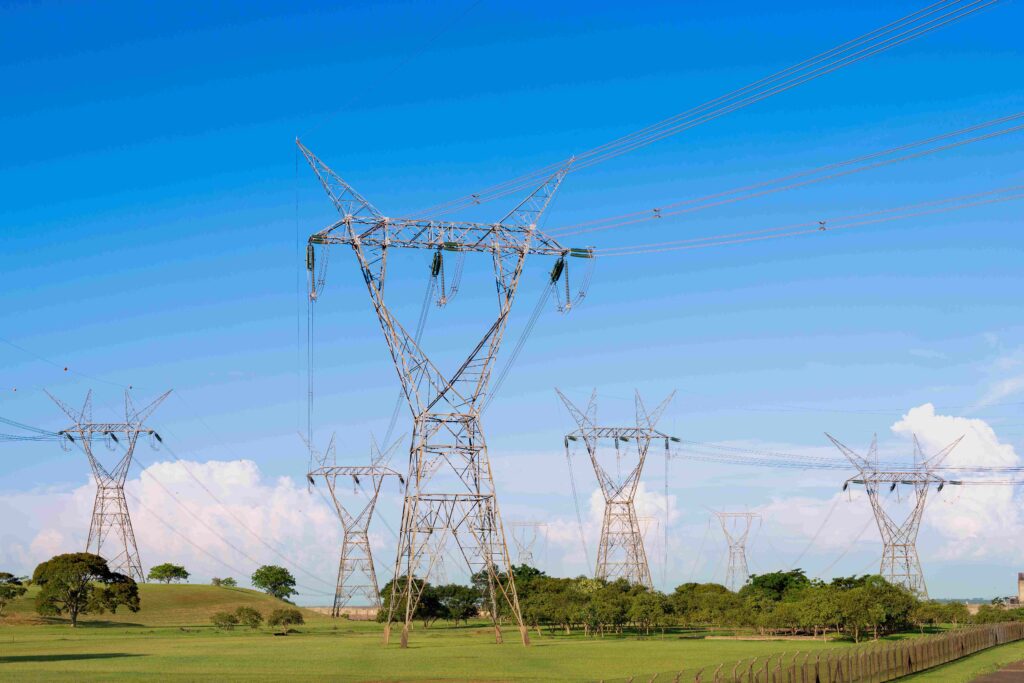
Substations
| Function | Description |
|---|---|
| Control | Manage the flow of electricity. |
| Convert | Change high voltage to lower voltage. |
| Connect | Link transmission lines to local grids. |
Types Of Power Grids
The power grid is a complex web of electrical connections ensuring lights stay on and machines keep whirring. These grids come in various sizes and structures, each serving different geographical areas and populations. Let’s demystify the distinct layers, spotlighting each grid type and its unique role in powering our lives.
National Grids
National grids are the powerhouses of a country’s electricity supply. They span vast distances to connect power plants with cities and towns. Think of them as the country’s electrical backbone, distributing high-voltage power efficiently over large areas. Key characteristics include:
- Widespread coverage across a country
- High-capacity power lines
- Interconnections with neighboring countries for stability and backup
Regional Grids
Zoom into a specific area and you find regional grids. These are subsections of a national grid, catering to particular zones. Regional grids are tailored to meet the needs of their local consumers, focusing on stability and reliability for a section of the population. They often incorporate sustainable practices, interacting with:
| Renewable Sources | Small-Scale Plants |
|---|---|
| Wind | District Heating |
| Solar | Cogeneration Units |
Local/microgrids
At the smallest scale, there are local or microgrids. These small electricity networks can operate independently or in sync with larger grids. They’re crucial during outages, providing resilient power for:
- Hospitals
- Universities
- Business complexes
Microgrids support renewable sources like solar panels, embodying the future of sustainable and self-sufficient energy.
Functioning Of Power Grids
The Power Grid stands as the backbone of modern society. It helps light up homes, run factories, and power computers. Let’s dive into the inner workings of this essential system
Generation Of Electricity
Electricity starts its journey at generation plants. Various energy sources like coal, natural gas, water, wind, or the sun convert into electrical power. These vast plants use turbines and generators to produce electricity. Think of them like big batteries that never sleep.
Transmission Of Electricity
Once made, electricity must travel from point A to point B. High-voltage power lines carry this energy over long distances. They are like highways for electricity, delivering power efficiently to different regions. Special substations decrease the voltage before safe delivery.
Distribution Of Electricity
The final leg of the journey involves distribution. Lower voltage power lines take over, branching out to various areas. They ensure electricity reaches schools, hospitals, businesses, and homes. Your light switch marks the end of this complex travel.
| Phase | Function |
|---|---|
| Generation | Large-scale production |
| Transmission | Efficient, long-distance travel |
| Distribution | Localized delivery to end-users |
- Power grids can span across continents.
- Smart grids adjust flows for optimal efficiency.
- Outages can often be fixed remotely today.
Challenges
The stability and efficiency of our power grid are under constant threat. From outdated systems to modern-day digital challenges, several factors contribute to the instability and inefficiency of energy distribution. Boldly confronting these hurdles is essential for a robust power grid infrastructure. Let’s explore some of the most pressing challenges that the power grid faces today.
Aging Infrastructure
Our power grid is an engineering marvel with a critical flaw: it’s getting old. This aging infrastructure leads to a variety of issues:
- Increased maintenance costs: Older components require more repairs.
- Frequent outages: Worn-out systems are prone to failure.
- Safety hazards: Failing parts can be dangerous to both workers and the public.
Cybersecurity Threats
In today’s digital era, cybersecurity is a non-negotiable aspect of maintaining our power grid:
- Attacks compromise personal and national security.
- Data breaches can lead to widespread power outages.
- Continuous updates and monitoring are vital to staying ahead of threats.
Effective strategies and cutting-edge technology are crucial to guard against these risks.
Integration Of Renewable Energy Sources
The shift towards renewable energy is a positive move for our planet, yet it brings unique challenges:
| Challenge | Impact on Power Grid |
|---|---|
| Variable output | Fluctuating energy levels require advanced grid management. |
| Distribution | New infrastructure is needed to connect renewable sources to the grid. |
| Storage | Innovative solutions are required to store energy during peak production. |
Addressing these issues allows for a smoother transition toward a sustainable future.
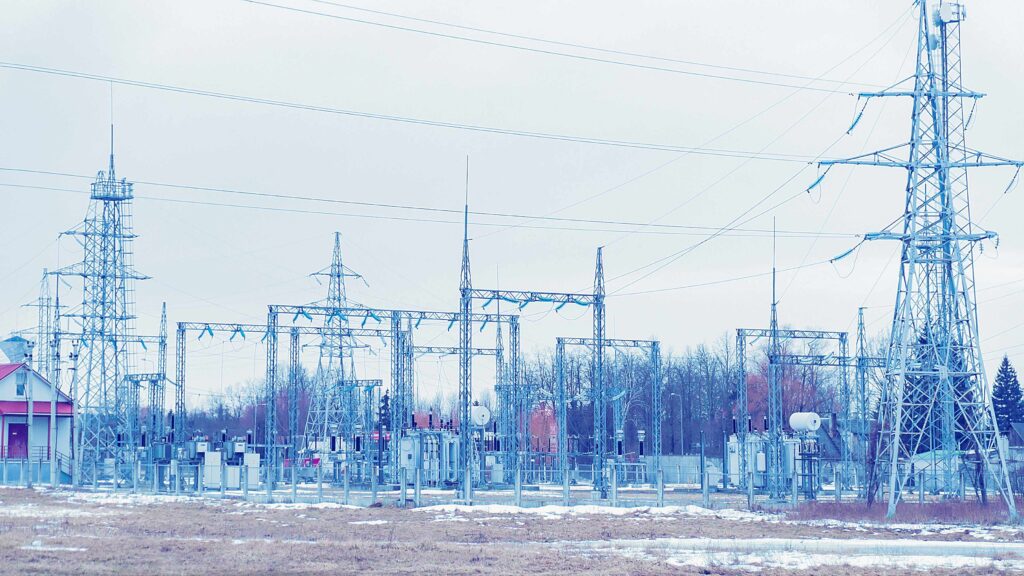
Technological Advancements
The power grid is undergoing a remarkable transformation. Revolutionary technologies are making the grid more efficient, reliable, and sustainable. Embracing these changes, two areas stand out: Smart Grid Technology and Grid Energy Storage.
Smart Grid Technology
Smart Grids are the power network’s future. They use digital communication to detect and react to local changes in usage. This means better energy management and fewer outages.
- Automated Self-Healing capabilities reduce blackout risks.
- Integrated Renewable Energy Sources make the grid greener.
- Advanced Metering Infrastructure (AMI) gives consumers control over energy use.
Grid Energy Storage
Energy storage is a game-changer for the power grid. It helps balance supply and demand. It also makes renewable energy more reliable.
| Type | Advantages |
|---|---|
| Batteries | Quick response, high efficiency |
| Pumped Hydro | Large-scale, long-term storage |
| Flywheels | High power, minimal environmental impact |
With these technologies, the grid becomes more resilient. It can store excess energy from solar and wind. Then, it can use this energy when needed.
Role Of Government
The Role of Government in overseeing and advancing power grids is crucial. Governments worldwide bear a unique responsibility to ensure that their nations’ power infrastructures are secure, reliable, and prepared to meet future demands. They achieve this through meticulous regulation and policy-making, and by investing in grid modernization to embrace innovative technologies.
Regulation And Policies
Government bodies set regulations and policies to shape the power grid landscape. These rules define how energy generates, transmitted, and distributed. Codes and standards ensure safety and reliability. Guidelines for environmental protection guard against ecological impact. Governments work to balance stakeholder interests and promote fair pricing, all while encouraging industry competition.
- Establish safety and performance standards
- Implement environmental regulations
- Manage tariffs and pricing mechanisms
- Facilitate fair market access for competitors
Investment In Grid Modernization
A key role of government includes investment in grid modernization. These investments equip grids with advanced technologies for better performance. Smart grids emerge from such investments. They help in matching energy supply with demand, reducing outages, and integrating renewable energy sources efficiently.
| Modernization Goals | Benefits |
|---|---|
| Enhanced grid reliability | Fewer power disruptions |
| Increased renewable integration | Greener energy consumption |
| Improved grid security | Protection against cyber threats |
Through funding and directives, governments propel grid technology forward. Such measures result in robust, adaptable, and future-ready power systems.
Global Perspective
Power grids are the backbone of modern society, ensuring that electricity flows from producers to consumers across the globe. By taking a global perspective, we can understand the efficiency and interconnectivity of these vast networks. This insight helps nations improve their own systems and work towards a more sustainable future.
Comparison Of Power Grids Worldwide
Around the world, power grids vary greatly in their capacity, reliability, and technology. Let’s explore and compare the features of these complex systems.
| Region | Grid Capacity (GW) | Renewable Integration (%) | Reliability Rating |
|---|---|---|---|
| North America | 1,200 | 18 | High |
| Europe | 1,000 | 35 | Very High |
| Asia | 2,300 | 25 | Moderate to High |
| Africa | 100 | 22 | Variable |
The table above illustrates that while some regions boast highly reliable grids with significant renewable energy sources, others face challenges in reliability and capacity.
International Grid Interconnections
International grid interconnections allow countries to share electricity, balance loads, and enhance security. Below are key points on how these networks benefit participating nations.
- Enhanced stability: Connected grids can provide backup in case of domestic power failures.
- Renewable energy integration: Countries can import renewable energy, contributing to sustainability.
- Reduced costs: Shared resources lead to economic savings.
Historically isolated, power grids are increasingly becoming interlinked. This fosters a collaborative approach in the journey towards energy security and climate goals.
Environmental Impact
The health of our planet mirrors the health of its people. Power grids, integral to our daily lives, also bear a substantial environmental weight. Understanding the environmental impact of power grids empowers us to seek improvements and create a more sustainable future.
Carbon Emissions
Power production contributes significantly to global greenhouse gas emissions. Traditional power grids rely heavily on fossil fuels, which release carbon dioxide when burned.
| Source | Carbon Emissions |
|---|---|
| Coal | High |
| Natural Gas | Medium |
| Renewable Energy | Low/None |
Encouraging the use of renewable energy sources can greatly reduce this impact.
Impact On Wildlife
- Construction disturbs natural habitats.
- Power lines pose hazards for birds.
- Electromagnetic fields affect species sensitive to them.
Power grids can change landscapes and disrupt the lives of many species. Migratory paths can be altered, breeding patterns disrupted, and habitats permanently lost. Ensuring that grid development minimizes harm to wildlife is crucial.
Resilience And Reliability
When we talk about power grids, two words often come up: resilience and reliability. These elements are the backbone of a strong and stable energy system. Resilience measures how quickly a power grid can recover from disruptions. Reliability ensures a steady stream of energy to homes and businesses. Together, they make sure the lights stay on, even when challenges arise.
Grid Stability
Grid stability is crucial for preventing outages. It depends on a fine balance of supply and demand. Power grids use a mix of sources to maintain this balance. These include coal, solar, and wind energy. A healthy grid adapts to changing energy use through the day. Advanced technologies now predict and respond to these shifts. This keeps the grid stable and trustworthy.
Emergency Response
When disasters strike, a quick emergency response is key. This often starts before a crisis even hits. Teams plan for events like storms or technical failures. They prepare tools and strategies to fix problems fast. This minimizes downtime and gets the grid back online. Strong communication also plays a role. It ensures teams and customers stay informed during emergencies.
- Planning: Teams create action plans for different emergency scenarios.
- Tools Ready: Essential repair equipment is kept on standby.
- Communication: Clear messages help teams work together and keep the public updated.
Future Trends
As we peer into the energy horizon, Future Trends in the Power Grid emerge as pivotal elements shaping our world. These trends stand at the forefront of innovation and sustainability, heralding a new era of electrification and energy distribution.
Decentralization Of Power Grids
The transformation of energy systems is underway with the Decentralization of Power Grids.
- Community energy projects are rising.
- Consumers are turning into ‘prosumers,’ generating their own electricity.
- Microgrids are gaining popularity for local energy reliability.
- Smart grid technology enables real-time energy management.
These innovations mean less reliance on large power plants. They lead to stronger, more resilient power systems for everyone.
Electrification Of Transportation
Electrification of Transportation is steering the future of mobility.
| Impact Area | Benefits |
|---|---|
| Electric Vehicles (EVs) | Reduces carbon emissions, decreases fuel costs |
| Public Transit | Increases efficiency, improves air quality |
| Charging Infrastructure | Supports the growing EV market, creates job opportunities |
Battery technology advancements make EVs more accessible. Charging stations are becoming as common as gas stations. The future moves on electricity.
Case Studies
Exploring the world of power grids through real-life scenarios offers insight into their complexities and the importance of their reliability. In this section, we’ll examine some notable case studies of power grid challenges and successes.
Blackouts And Grid Failures
Blackouts can plunge cities into darkness. They often highlight weaknesses in power grid systems. Here, we look at a few significant instances.
- The Northeast Blackout of 2003: Affected over 50 million people in the U.S. and Canada.
- India’s 2012 Blackout: Left nearly 670 million people without power, exposing the grid’s shortcomings.
These blackouts prompted in-depth investigations and calls for reforms. The focus was on updating infrastructure and improving grid management strategies.
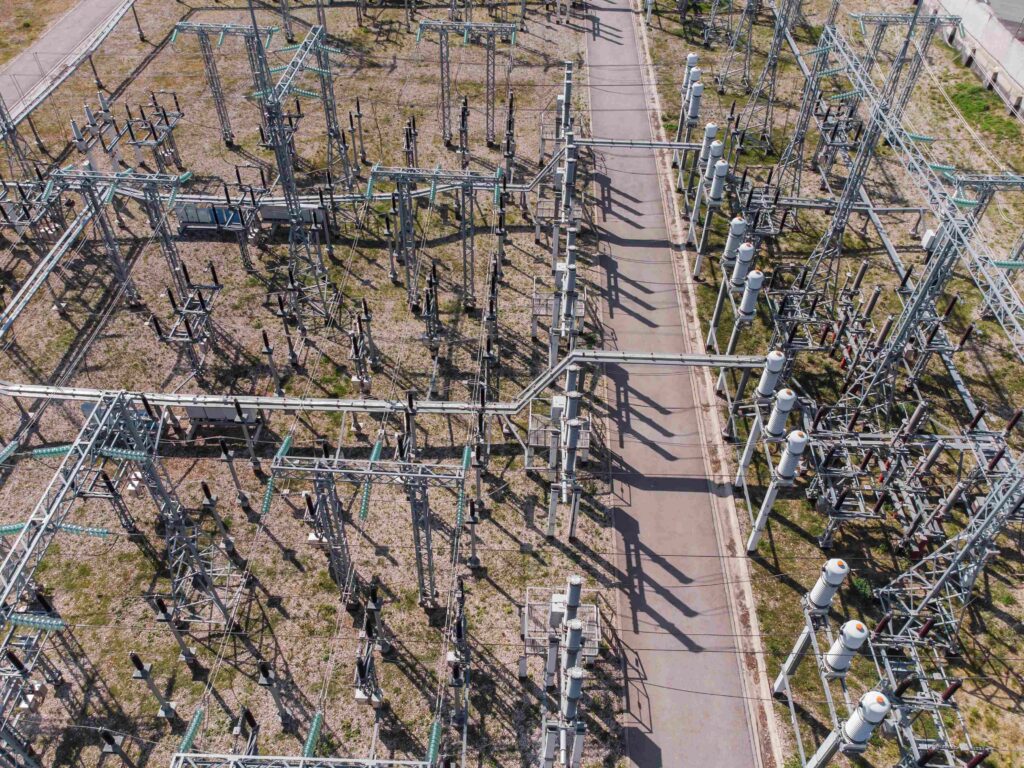
Successful Grid Modernization Projects
Some regions have made significant strides in grid modernization. These projects incorporate innovative technology to increase reliability and efficiency.
| Project | Location | Highlights |
|---|---|---|
| Smart Grid Initiative | Chattanooga, Tennessee | – Advanced communication technology – Real-time grid management |
| Renewable Integration | Denmark | – High penetration of wind power – Flexible energy system |
These projects not only reduce outage times but also pave the way for sustainable energy practices.
Economic Implications
Understanding the economic implications of power grids is crucial. It helps us see how electricity gets to our homes and businesses. It also shows the costs involved. Exploring this topic reveals the real impact on our wallets and the economy. Let’s look at what these costs mean for all of us.
Cost Of Power Grid Development
Building power grids costs a lot of money. These costs include materials, technology, and labor. Power grids must be strong and last a long time. This means using high-quality items that can be expensive. The development also needs skilled workers who can put everything together correctly. Here’s a breakdown:
- Materials: Cables, towers, and transformers
- Technology: Smart systems to manage the flow of electricity
- Labor: Engineers, electricians, and technicians
These costs are important because they affect how much we pay for electricity. Money spent improving the grid also creates jobs. This boosts the economy in return.
Impact On Energy Prices
Energy prices change with different factors. The cost to improve the power grid is one of these factors. When the grid gets better, we can use more renewable energy. This can make energy prices go down. However, the initial cost must be paid first. This can mean higher prices for a short time. Changes in energy prices can affect:
| Who it affects | How it affects |
|---|---|
| Consumers | Changes monthly electricity bills |
| Businesses | Alters production costs |
| Government | Influences economic policy |
A balanced approach to updating the grid is key. It keeps energy prices in check and sustains economic growth.
Social Aspects
The power grid not just lights up homes, but it also ignites the flame of community and cooperation. When we explore the social aspects of power grids, we delve into how they touch human lives and awaken the spirit of shared progress. It’s about bringing light to every home and uniting neighbors in growth and prosperity.
Access To Electricity
Imagine a world where darkness fades and opportunities sparkle. That world starts with electricity access for everyone. It’s more than just having a switch to flip; it’s about lighting a path for children to study, for businesses to flourish, and for communities to thrive.
- Students can read at night and excel in their studies.
- Hospitals provide care 24/7 with reliable power supplies.
- Businesses stay open longer, enriching the local economy.
Community Engagement
When the power grid reaches a neighborhood, it brings more than just electricity—it brings a surge of community spirit. Local projects often start when the lights turn on. Neighbors join hands to shape the place they call home.
- Citizens attend town meetings to plan energy use.
- Community leaders educate about energy conservation.
- Residents participate in local renewable energy initiatives.
With the power of electricity, the bond in a society often grows stronger; people feel more connected and capable of achieving collective goals. A well-lit street is a safer street. It becomes a playground for children, a market for local produce, and a venue for celebrations.
Education And Awareness
Education and Awareness play crucial roles in the dynamic world of Power Grid management. They represent the foundation for a resilient and efficient energy future. By understanding the grid’s mechanics, consumers can make informed decisions, leading to a more stable and sustainable energy system.
Importance Of Grid Education
Learning about the Power Grid is essential for several reasons:
- Enhanced Safety: Knowledge of grid operations helps in recognizing and reporting safety hazards.
- Savvy Consumption: Educated users can reduce their energy footprint and bills.
- Community Benefits: Awareness drives community-based energy initiatives, encouraging local solutions to grid-related challenges.
Consumer Empowerment
Empowered consumers have the tools to impact the Power Grid positively:
- Smarter Choices: Awareness of energy sources influences smarter consumer choices.
- Peak Demand Reduction: Informed consumers can help reduce peak demand, alleviating stress on the grid.
- Advocacy: Knowledgeable individuals can advocate for improvements in grid infrastructure and policy.
Together, education and empowerment lead to a stronger, smarter grid that benefits all.
Innovations In Energy Distribution
The power grid is evolving with new technologies. These innovations promise more efficient and sustainable energy distribution. Let’s explore the frontiers of energy management in today’s electrical systems.
Peer-to-peer Energy Trading
Peer-to-peer (P2P) energy trading is a game-changer. It allows households to buy and sell electricity without big power companies.
- Users generate energy through solar panels or wind turbines.
- This energy goes to neighbors who need more.
- They use smart systems to handle transactions.
Blockchain In Grid Management
Blockchain brings a revolution to grid management. It provides a secure, transparent way to manage energy transactions.
- Blockchain records transactions across a network.
- It eliminates the need for middlemen.
- Energy distribution is more efficient and reliable.
| Benefit | Description |
|---|---|
| Security | Enhanced security against tampering |
| Transparency | Clear record of transactions |
| Efficiency | Faster and automated processes |
The Future Of Energy Grids
The energy grids of tomorrow will be smarter, more resilient, and highly adaptive. These advanced power networks, equipped to meet the increasing demands of the modern world, will form the backbone of sustainable development. They will enable us to integrate renewable energy sources seamlessly and keep our cities powered even in the face of unforeseen challenges.
Grid Resilience In The Face Of Climate Change
Climate change poses severe risks to our current power infrastructure. Frequent storms, floods, and other extreme weather events can lead to power outages, impacting millions. The future energy grids are designed for this very challenge. They incorporate predictive analytics and advanced weather modeling to preemptively address potential disruptions.
- Self-healing technologies allow grids to automatically reroute power.
- Energy storage systems provide backup during peak demands or outages.
- Renewable energy integration helps reduce dependency on fragile infrastructure.
Investments in infrastructure mean stronger poles, wires, and substations. These enhancements are designed to withstand severe climate impacts, ensuring a steady flow of electricity to homes and businesses.
Digitalization Of the Energy Sector
The digitalization of the energy sector marks a significant shift in how energy is managed and distributed. Smart grids equipped with sensors and IoT devices offer real-time data, driving efficiency improvements across the board.
- Data analytics enable precise demand forecasting, leading to optimal resource allocation.
- Machine learning algorithms enhance operational decision-making.
- Consumer energy usage patterns contribute to grid optimization.
Advanced metering infrastructure (AMI) and smart meters are essential components of the modern grid. They provide customers with detailed energy usage information, promoting smarter energy consumption behaviors. Additionally, these technologies support remote monitoring and management, streamlining grid maintenance and reducing downtime.
As we look forward, the power grids of the future stand ready to revolutionize our relationship with energy. They form not merely an electrical network, but the central nervous system of a sustainable, climate-resilient society.
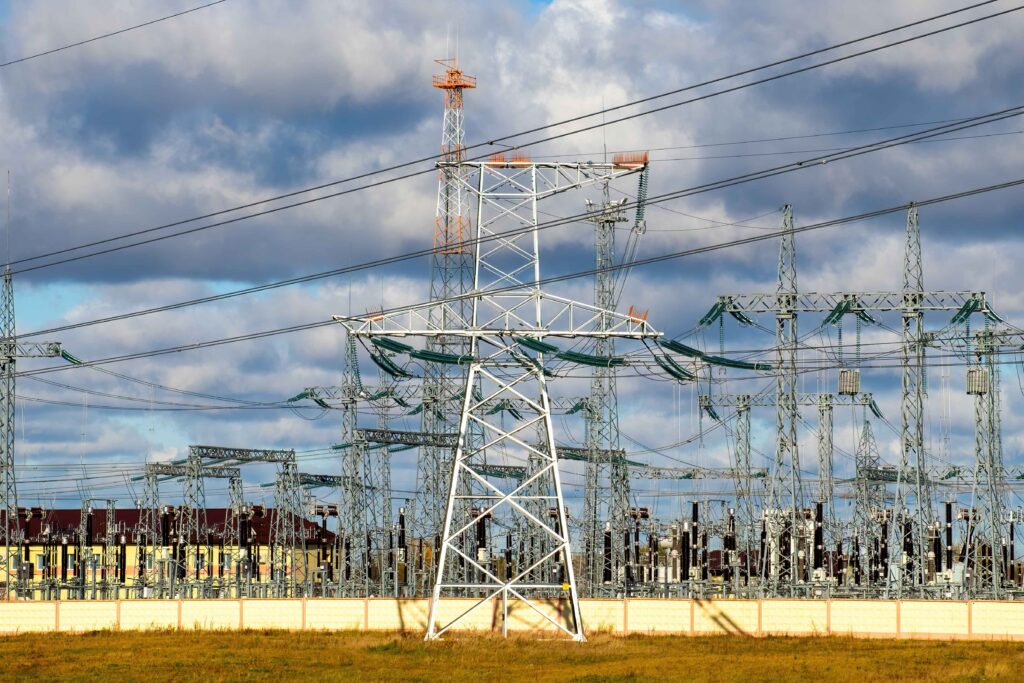
Frequently Asked Questions On Power Grid
What Is Meant By Power Grid?
A power grid is a network for delivering electricity from producers to consumers, comprising power stations, transmission lines, and distribution systems.
What Is A Grid In Power System?
A power system grid is a network for delivering electricity from producers to consumers, including power stations, transformers, transmission lines, and distribution cables.
What Are The 3 Power Grids In The Us?
The three power grids in the US are the Eastern Interconnect, the Western Interconnect, and the Texas Interconnect (ERCOT).
How Does The US Power Grid Work?
The US power grid connects plants generating electricity to consumers through transmission and distribution lines. Power stations produce energy, high-voltage transmission lines carry it over distances, and local distribution lines deliver it to homes and businesses.
Conclusion
Understanding power grids is crucial for appreciating our modern society’s energy backbone. We’ve navigated the complexities, highlighting innovation and future prospects. Embrace the ongoing evolution of our electrical lifelines. Stay informed and proactive, shaping a resilient, efficient power grid for tomorrow.
Join the conversation and power forward.

